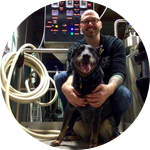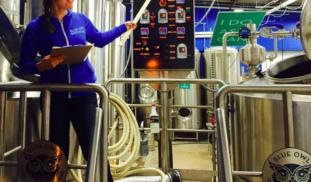Please wait...
About This Project
Sour beers are likely the original beer style and have made a recent comeback in terms of popularity among craft beer enthusiasts. They are made with a bacterial and fungal mix rather than pure cultures of Saccharomyces. yeast as in typical ales and lagers. However, the suite of different microbes and their relative abundances during the course of souring and fermentation remain a mystery. We aim to map part of the sour beer microbiome and identify the organic acids these microbes produce.
More Lab Notes From This Project

Browse Other Projects on Experiment
Related Projects
Addressing the terrifying issue of multi-drug resistant bacterial and fungal pathogens using synthetic organic chemistry
The synthesis of compounds inspired by the molecules of nature is a proven strategy for discovering new...
Coupling of microbial carbon capture and utilization (microCCU) and direct air capture (DAC)
Reducing atmospheric CO2 is critical to mitigating climate change, and negative emission technologies (NETs...
Enhancing Carbon Sequestration By Improving Photosynthetic Efficiency
Enhancing photosynthesis can help mitigate greenhouse gases, but plants and algae use only visible light...


